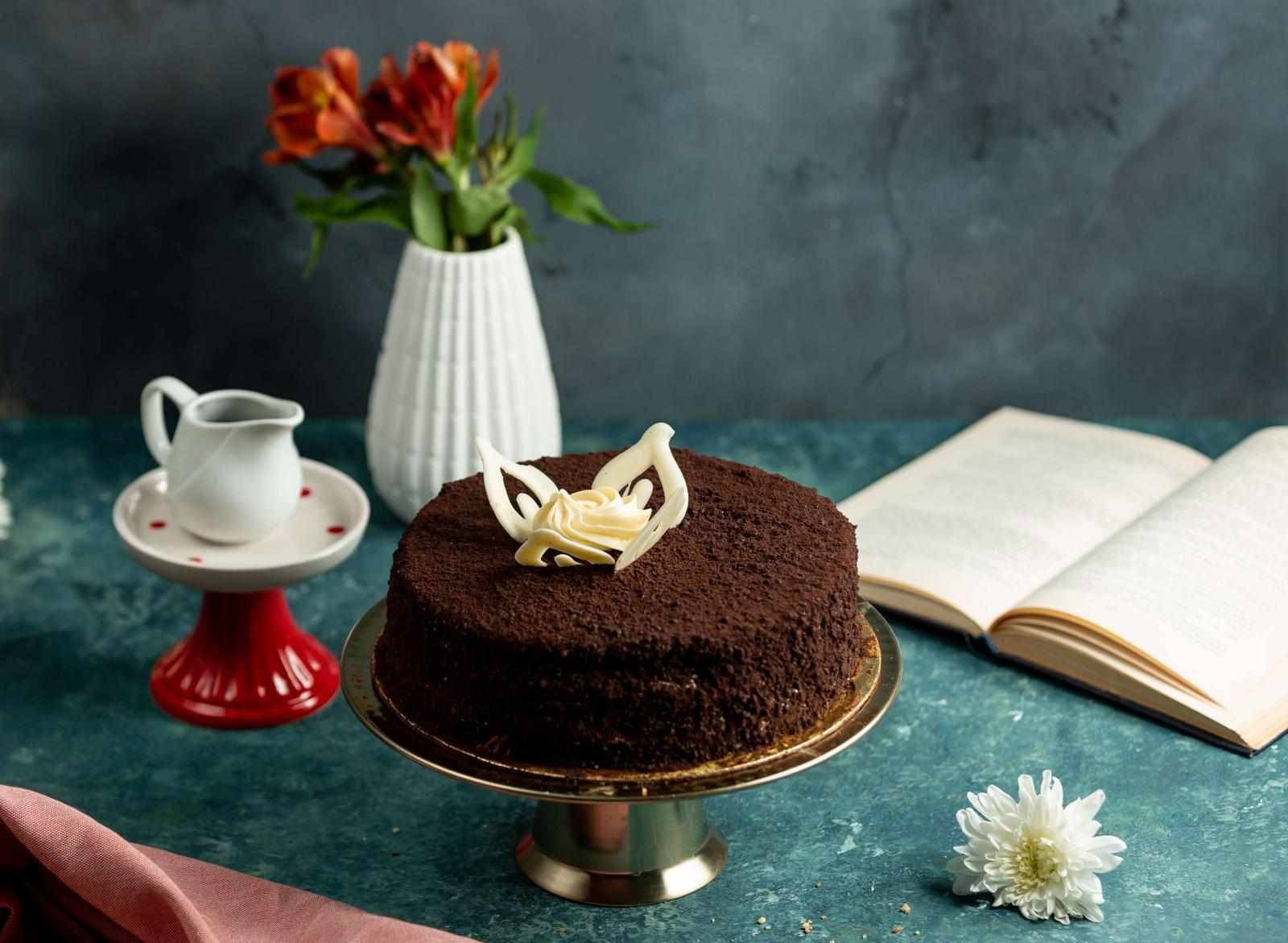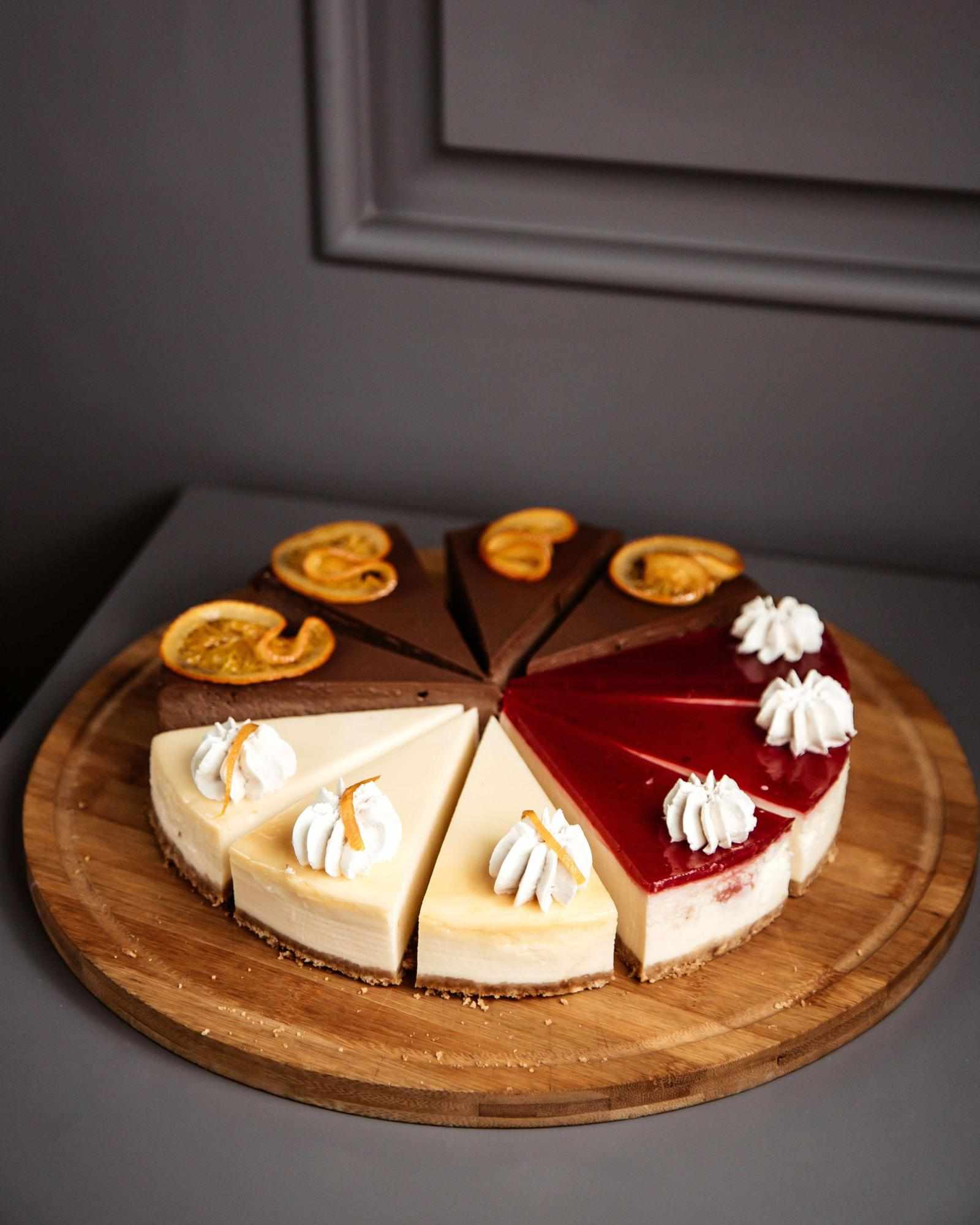
By Chef Woon Chi Kit | Certified Pastry Chef & Bakery Owner of LELE Bakery
Introduction
Baking the perfect cake is both an art and a science. As a certified pastry chef with over 12 years of experience in professional baking and cake decorating, I’ve mastered the techniques that ensure a moist, fluffy, and flavorful cake every time. Whether you’re a beginner or an experienced baker, this guide will walk you through everything you need to know about cake baking, from ingredient selection to troubleshooting common mistakes.

Essential Ingredients for a Perfect Cake
1. Flour Matters
The type of flour you use impacts the texture of your cake.
✔ All-Purpose Flour – Great for denser cakes like pound cakes.
✔ Cake Flour – Lower protein content for a lighter, softer crumb.
✔ Gluten-Free Flour Blends – Ideal for those with dietary restrictions.
2. The Right Fats: Butter vs. Oil
Fats contribute to flavor and moisture.
✔ Butter – Adds rich flavor and structure (best for butter-based cakes).
✔ Oil – Keeps cakes extra moist (great for chocolate or carrot cakes).
3. Leavening Agents: Baking Powder vs. Baking Soda
✔ Baking Soda – Requires an acidic ingredient (e.g., buttermilk, lemon juice).
✔ Baking Powder – Contains its own acid and works independently.
Step-by-Step Cake Baking Process
1. Measuring Ingredients Accurately
Use a kitchen scale for precision—too much flour can make a cake dry!
2. Room Temperature Ingredients
Eggs, butter, and milk should be at room temperature for even mixing and better texture.
3. Mixing Techniques
✔ Creaming Method: Beating butter and sugar together to create air for a fluffy texture.
✔ Reverse Creaming: Mixing dry ingredients first, then adding butter for a tender cake.
4. Baking at the Right Temperature
✔ Always preheat the oven (typically 325–350°F / 163–177°C).
✔ Use an oven thermometer for accuracy—many ovens are off by 10-15°F.
5. Testing for Doneness
✔ Insert a toothpick—if it comes out clean, the cake is ready.
✔ Lightly press the top—it should bounce back without leaving an indent.

Common Cake Baking Mistakes & How to Fix Them
✅ Problem: Cake is too dry
🔹 Solution: Reduce baking time, check flour measurements, and use more fat (e.g., oil or sour cream).
✅ Problem: Cake sinks in the middle
🔹 Solution: Avoid overmixing, check leavening agents' expiration, and ensure the oven door remains closed while baking.
✅ Problem: Cake sticks to the pan
🔹 Solution: Always grease and line cake pans with parchment paper.
Expert Tips for Decorating Cakes Like a Pro
✔ Crumb Coat First: Apply a thin layer of frosting to seal crumbs before final decoration.
✔ Chill Before Slicing: A chilled cake is easier to cut and frost cleanly.
✔ Use an Offset Spatula: Helps spread frosting evenly for a polished look.
Frequently Asked Questions
Q: How do I make my cake more moist?
A: Use ingredients like sour cream, buttermilk, or vegetable oil, and avoid overbaking.
Q: Why does my cake taste eggy?
A: This usually happens if too many eggs are used or if they aren’t properly mixed into the batter.
Q: Can I substitute baking powder with baking soda?
A: Yes, but you need to add an acid (like lemon juice or vinegar) to activate the baking soda.
Final Thoughts
Baking a perfect cake comes down to quality ingredients, precise measurements, and the right techniques. Whether you’re making a bento cake or an elaborate layered creation, these expert tips will help you achieve bakery-quality results at home.
🔹 Author Credentials: Chef Woon Chi Kit – Certified Pastry Chef & Owner of LELE Bakery
🔹 References:
The American Culinary Federation (ACF)
The Institute of Culinary Education (ICE)
Professional Pastry Chefs’ Association (PPCA)
Disclaimer: This article is for informational purposes. If you have dietary restrictions or allergies, consult a registered dietitian or nutritionist.








Write a comment ...